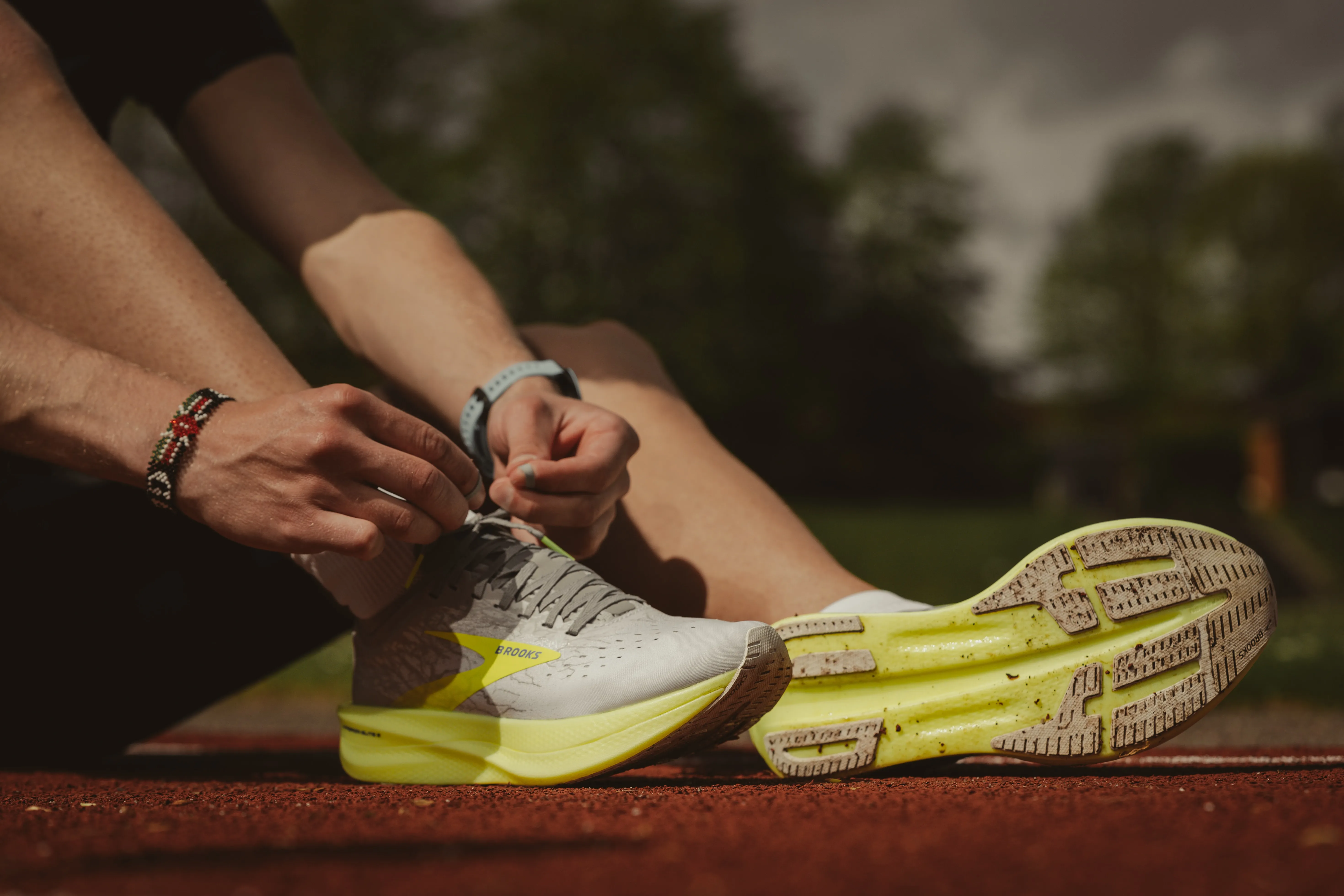
Ever experienced a sharp, stinging pain on the outside of your knee while going for a run? You might have encountered the common enemy of many runners: the Ilitotibial (IT) Band Syndrome.
Understanding IT Band Syndrome
The IT Band Syndrome, or Runner’s Knee as it’s often referred to, is a common overuse injury among runners. However, don’t let the name fool you; while it’s common among runners, anyone who frequently bends their knees can suffer from it - cyclists, hikers, even people who stand a lot on their job.
This injury happens when the IT band, a thick band of fibers located on the outside of the leg from the hip to the shin, gets tight or inflamed. This causes friction between the IT band and the knee bone, which leads to pain on the outside of your knee.
Causes and Symptoms

The causes of the IT Band Syndrome vary, but they usually come down to poor training habits or lack of strength and flexibility. Some common causes include inadequate warm-up before training, running on uneven terrain, excessive downhill running, muscular imbalances, and poor footwear.
When talking about symptoms, pain is the most common and distinct sign of IT Band Syndrome. You might feel a sharp, burning pain on the outside of your knee that usually intensifies during running, particularly during downhill runs. Following are some other symptoms that you might encounter:
- Stiffness on the outside of the knee
- Swelling of the knee area
- Pain that worsens when climbing stairs
- Difficulty in moving the knee
Prevention and Treatment
Keeping IT Band Syndrome at bay involves regular exercises that aim to strengthen particularly the hips and glutes, maintaining a healthy weight, and using proper footwear that corrects any foot and gait abnormalities.
Once the IT Band Syndrome has hit, it’s important to take immediate action before it escalates. Here are some commonly recommended treatments:
- Rest and Ice: First and foremost, stop the activity that seems to trigger the pain. Apply ice to the affected area for 15 minutes every two hours.
- Physical Therapy: This includes stretching and strengthening exercises targeting the hip, glute, and thigh muscles.
- Pain Killers: Nonsteroidal anti-inflammatory drugs (NSAIDs) can help relieve pain and reduce inflammation.
- Foam Rolling: Foam rolling the affected leg can help loosen up the IT band effectively.
- Injections and Surgery: These are rare and usually the last resort if other treatments don’t work.
Remember, as a runner, the best treatment is to listen to your body. If the pain persists even after rest and pain killers, consult a healthcare professional immediately. Practicing safe running and taking care of your health can help you prevent IT Band Syndrome and keep you on the track.
Happy running!





